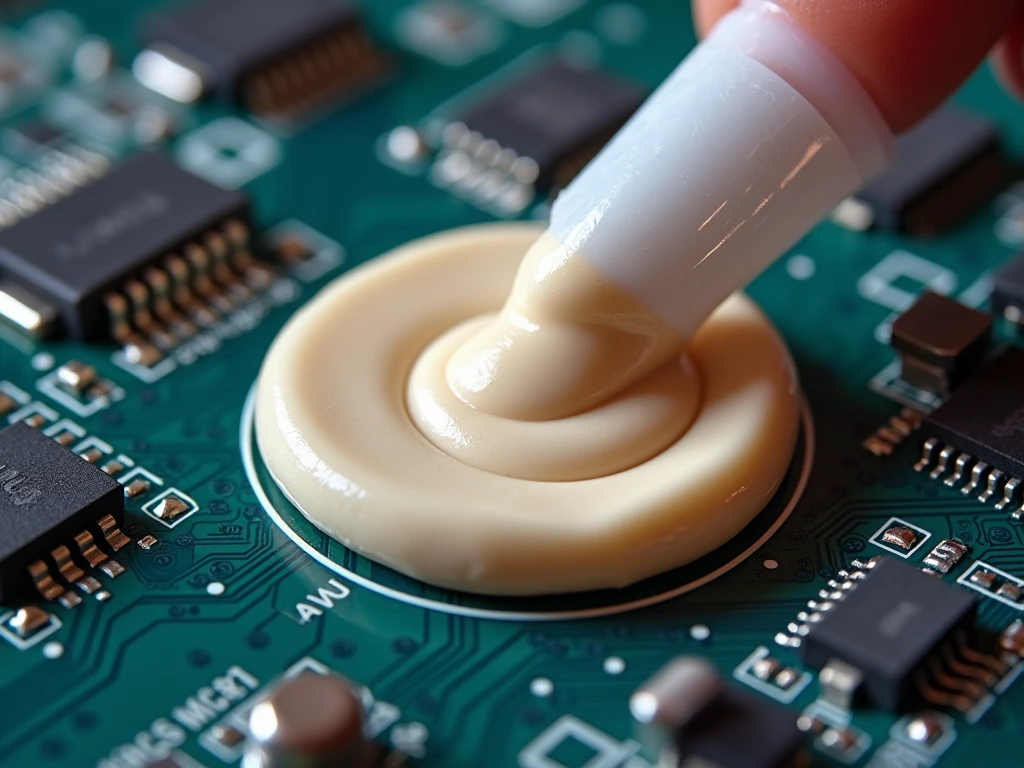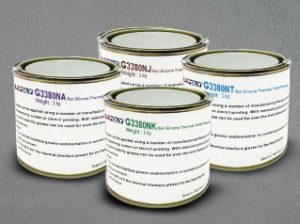What are Graphite Sheets?
Graphite sheets are advanced thermal interface materials (TIM) known for their excellent thermal conductivity, flexibility, and lightweight properties. These sheets are composed of high-quality graphite, a naturally occurring crystalline form of carbon. They are widely used in electronics, telecommunications, automotive, and industrial sectors to manage and dissipate heat efficiently.
See the complete thermal datasheet by clicking here: Artificial Graphite
LiPOLY TIM Technology : Thermal Solutions
Key Features of Graphite Sheets
Artificial Graphite have several advantages that make them an essential material for thermal management. The most notable feature is their superior thermal conductivity, which can range from 300 to 1500 W/m·K, depending on the grade and thickness. This high conductivity allows for rapid heat dissipation from heat-generating components, such as CPUs, GPUs, power transistors, and LEDs, thus extending the lifespan of the devices.
Another important characteristic is their flexibility and ease of customization. Artificial Graphite can be cut into various shapes and sizes to fit different applications, making them suitable for compact electronic devices or larger industrial equipment. Their lightweight nature also adds minimal extra weight to electronic components, which is crucial for modern devices that prioritize slim and lightweight designs.
Additionally, graphite sheets are resistant to high temperatures, withstanding conditions up to 400°C in an oxidizing environment or even higher in a vacuum. This makes them suitable for use in demanding environments where consistent thermal performance is necessary.
Applications of Graphite Sheets
Artificial Graphite are widely applied in industries where efficient thermal management is critical. In consumer electronics, they are used to cool smartphones, tablets, and laptops by transferring heat away from processors and batteries. Automotive manufacturers use them to dissipate heat in electric vehicle (EV) batteries, inverters, and LED lighting systems. Additionally, in telecommunications, graphite sheets help in managing heat within 5G infrastructure and data centers.
In industrial applications, graphite sheets are commonly used in heat sinks, thermal modules, and high-power machinery that operates continuously and generates significant heat. Their ability to conduct heat without adding bulk or weight makes them an ideal solution for various high-performance applications.
Conclusion
Graphite sheets are an excellent thermal interface material due to their high thermal conductivity, flexibility, and lightweight properties. Their application in electronics, automotive, telecommunications, and industrial sectors proves their versatility in heat management solutions. Whether in smartphones or high-power industrial equipment, graphite sheets help maintain performance and extend the life of heat-sensitive components.










